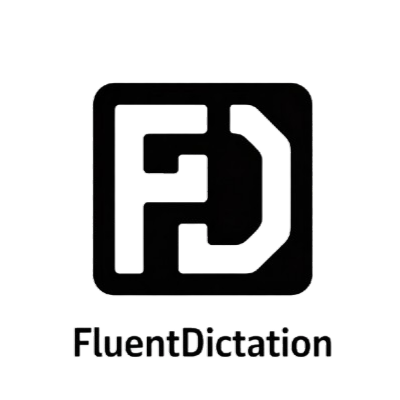Alzheimer's disease - plaques, tangles, causes, symptoms & pathology – YouTube Dictation Transcript & Vocabulary
Welcome to FluentDictation, your best YouTube dictation website for English practice. Master this C1 level video with our interactive transcript and shadowing practice tools. We've broken down "Alzheimer's disease - plaques, tangles, causes, symptoms & pathology" into bite-sized segments, perfect for dictation exercises and pronunciation improvement. Read along with our annotated transcript, learn essential vocabulary, and enhance your listening skills. 👉 Start dictation practice
Join thousands of learners using our YouTube dictation tool to improve their English listening and writing skills.

📺 Click to play this educational video. Best viewed with captions enabled for dictation practice.
Interactive Transcript & Highlights for Dictation
1.Dementia isn’t technically a disease, but more of a way to describe a set of symptoms like poor memory and difficulty learning new information, which can make it really hard to function independently
2.Usually dementia’s caused by some sort of damage to the cells in the brain, which can be from a variety of diseases
3.Alzheimer’s disease, now referred to as Alzheimer disease, is the most common cause of dementia
4.Alzheimer disease is considered a neurodegenerative disease, meaning it causes the degeneration, or loss, of neurons in the brain, particularly in the cortex
5.This, as you might expect, leads to the symptoms characteristic of dementia
💡 Tap the highlighted words to see definitions and examples
Key Vocabulary (CEFR C1)
neuron-to-neuron
B1A B1-level word commonly used in this context.
Example:
"These plaques can potentially get between the neurons, which can get in the way of neuron-to-neuron"
seriously
A2(manner) In a serious or literal manner.
Example:
"If brain cells can’t signal and relay information, then brain functions like memory can be seriously"
inflammation
B2The act of inflaming, kindling, or setting on fire.
Example:
"It’s also thought that these plaques can start up an immune response and cause inflammation"
nutrients
A2A source of nourishment, such as food, that can be metabolized by an organism to give energy and build tissue.
Example:
"up of microtubules, these track-like structures essentially act like a minecart shipping nutrients"
researchers
B1One who researches.
Example:
"Researchers have shown that the risk of developing alzheimer disease increases for patients that"
effective
A2A soldier fit for duty
Example:
"Apolipoprotein E helps break down beta-amyloid, but the e4 allele seems to be less effective"
presumably
A2Able to be sensibly presumed
Example:
"which means that people with down syndrome have an extra APP gene, and so presumably"
eventually
A2In the end; at some later time, especially after a long time, a series of problems, struggles, delays or setbacks.
Example:
"Eventually they lose long-term memory, like forgetting the name of their spouse or even"
rupture
A2A burst, split, or break.
Example:
"which weakens the walls of the blood vessels and increases the risk of hemorrhage, or rupture"
railway
A2A transport system using rails used to move passengers or goods.
Example:
"A special protein called tau makes sure these tracks don’t break apart, kind of like railway"
| Word | CEFR | Definition |
|---|---|---|
| neuron-to-neuron | B1 | A B1-level word commonly used in this context. |
| seriously | A2 | (manner) In a serious or literal manner. |
| inflammation | B2 | The act of inflaming, kindling, or setting on fire. |
| nutrients | A2 | A source of nourishment, such as food, that can be metabolized by an organism to give energy and build tissue. |
| researchers | B1 | One who researches. |
| effective | A2 | A soldier fit for duty |
| presumably | A2 | Able to be sensibly presumed |
| eventually | A2 | In the end; at some later time, especially after a long time, a series of problems, struggles, delays or setbacks. |
| rupture | A2 | A burst, split, or break. |
| railway | A2 | A transport system using rails used to move passengers or goods. |
Want more YouTube dictation drills? Visit our practice hub.
Want to translate multiple languages at once? Visit our Want to translate multiple languages at once? Visit our Multiple Language Translator.
Grammar & Pronunciation Tips for Dictation Practice
Chunking
Notice how the speaker pauses after specific phrases to help comprehension.
Linking
Listen for connected speech patterns when words flow together.
Intonation
Pay attention to how pitch changes to emphasize important information.
Video Difficulty Analysis & Stats
Downloadable Dictation Resources & Materials
Download Study Materials
Download these resources to practice offline. The transcript helps with reading comprehension, SRT subtitles work with video players, and the vocabulary list is perfect for flashcard apps.
Ready to practice?
Start your dictation practice now with this video and improve your English listening skills.
